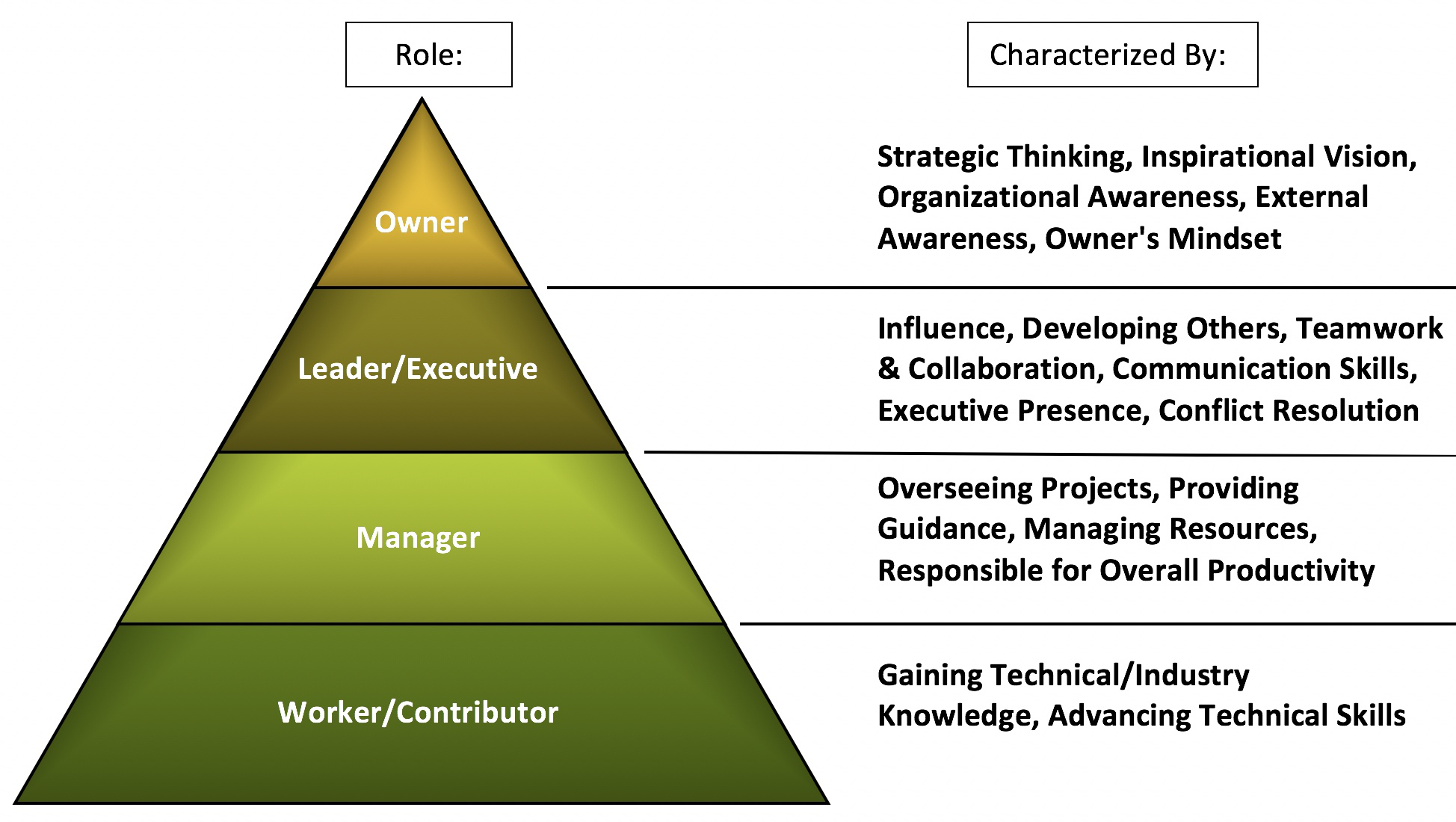
Our research suggests that the pace of exits and successions will begin to increase this year. This conclusion is due to several factors. Life expectancy in the U.S. has risen above 80 years old, up from 72 several decades ago. Accordingly, the expectation of retirement age has also risen. When life expectancy was 72 years old, retirement age was considered to be 65, but now, because people are living longer, owners are waiting until their 70’s to retire. And the final factor suggesting increased activity is that the leading edge of the Baby Boom generation turns 73 this year.
As I’ve written in another article, the number of businesses that will hit the market in the coming years will far outstrip the number of interested buyers. The consequence of this excess supply is that only the most attractive businesses will find a buyer.
Although there are several important factors that make one business more attractive than another, a key issue is the strength of the leadership team. The strength of a leadership team not only impacts the value of a business but affects the likelihood that the deal will close.
Ken Sanginario, founder of Corporate Value Metrics and creator of the “Value Opportunity Profile” is an expert at valuing companies. He helps them increase their value and improves the likelihood they will sell. According to Sanginario, the strength of the leadership of a company will influence the value of a company by as much as 15-20%. By way of example, if a company has a capitalization rate of 20%, strengthening the effectiveness of the leadership team can realistically increase its capitalization to an effective rate of 17% – a significant boost in sales price.
Additionally, if a business’ leadership team is weak, the likelihood that a deal will go through diminishes dramatically. Tom West, author and president of Business Brokerage Press has stated that businesses with a seven-figure sales price will only close 25-33% of the time.
Therefore, if you (or your client) want to maximize the likelihood of selling a business and selling it at full price, the strength of the leadership team must be addressed.
Here’s what has to happen. The leadership competencies of the team need to be assessed so their strengths and weaknesses can be identified. Once the assessments are done, a program of leadership development should be undertaken to ensure the team’s effectiveness. Although development can usually be accomplished in about six months, this initiative should be started 2-5 years in advance of a transition. Because, just as one good year of EBITDA won’t impact a business’ value very much, neither will one year of strong leadership. You must demonstrate a pattern. Don’t wait until a few months before you go to market to address leadership issues. Start now, establish leadership effectiveness, and boost buyer confidence.
If you’d like help assessing and developing your leadership team, please contact us. It’s our specialty and our passion.




